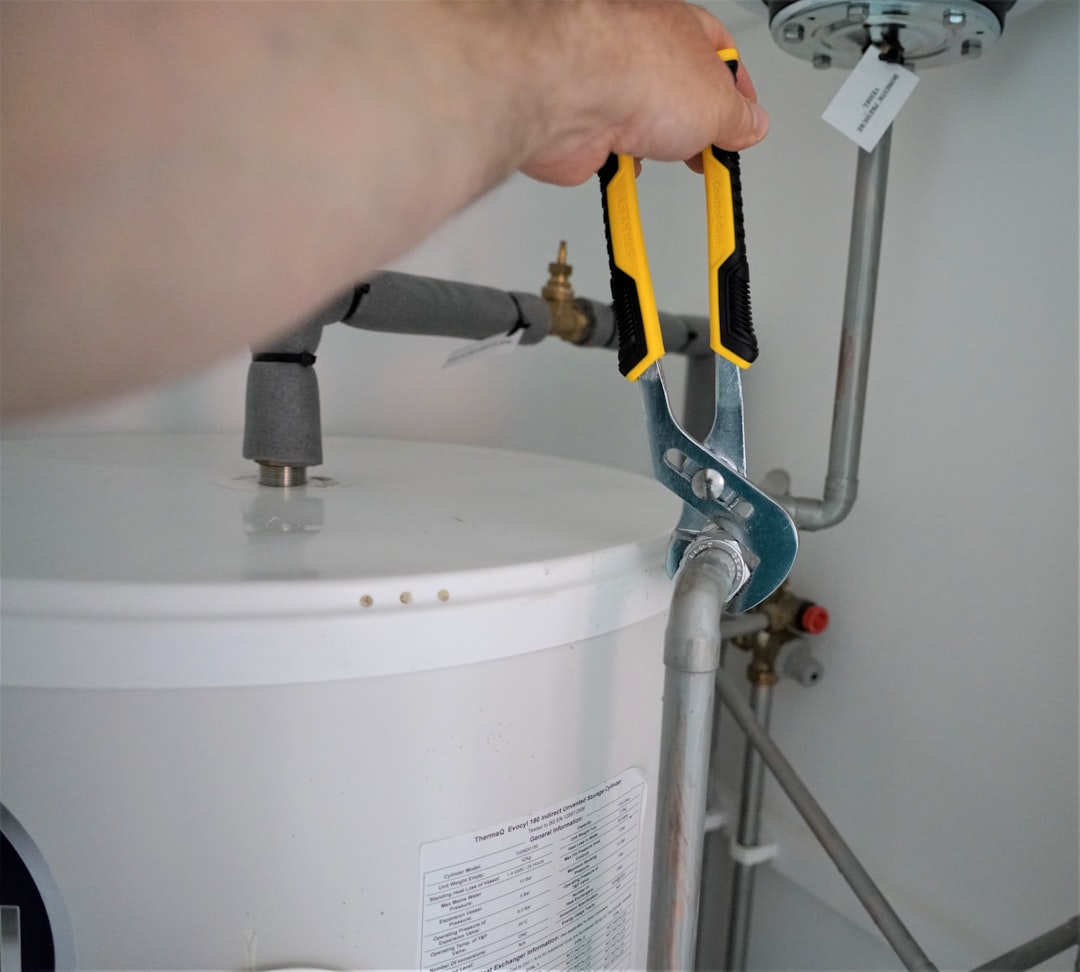
For construction professionals, understanding the costs associated with installing a refrigerator water line is crucial. The average cost ranges from $265 to $625, depending on factors such as pipe material, distance from the water source, and accessibility. Here’s a detailed breakdown:
To manage costs effectively, consider the following tips:
While some may consider DIY installation, hiring a professional ensures proper pressure testing and compliance with local codes, protecting your investment and warranty.
In Boston, older homes may present challenges such as dense framing and longer pipe runs, affecting costs. CountBricks provides zip-code-specific estimates to account for these variables.
CountBricks offers a seamless transition from estimate to invoice, ensuring transparency and efficiency throughout the project lifecycle.

A Beacon Hill homeowner required a refrigerator water line installation in a challenging environment. Using CountBricks, the project was estimated at $612, offering significant savings compared to manual quotes.
The installation was completed efficiently, with the final invoice closely matching the estimate, demonstrating the accuracy and reliability of CountBricks.
CountBricks helps reduce costs through batch scheduling, leveraging existing permits, and providing real-time material updates.